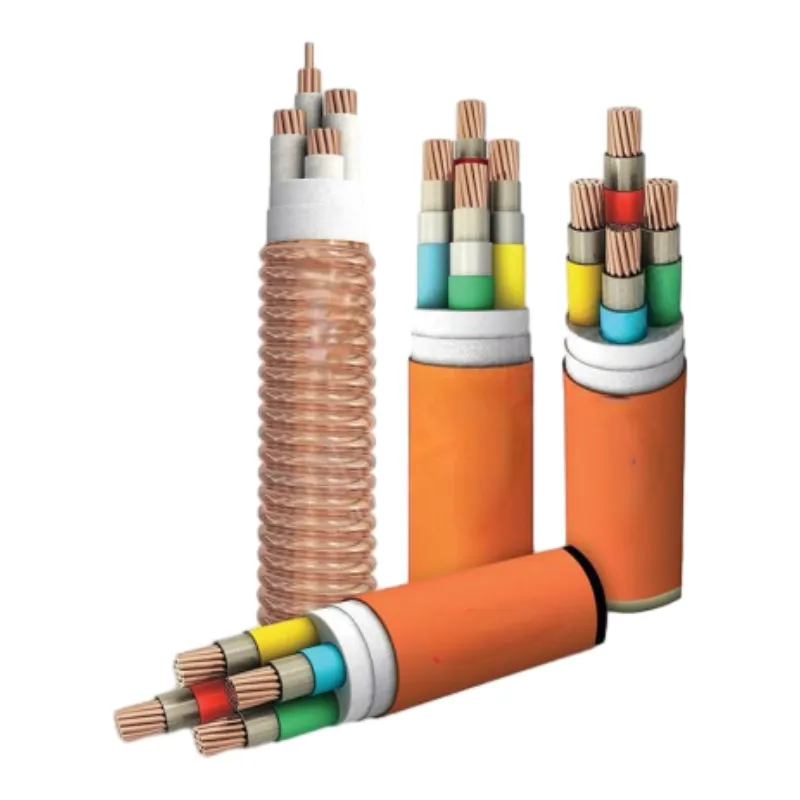Out . 10, 2024 18:14 Back to list
gate valve actuator
Understanding Gate Valve Actuators Mechanisms and Applications
Gate valves are essential components in various industrial applications, primarily used to regulate fluid flow in pipelines. The effectiveness of a gate valve significantly relies on its actuator, which facilitates the opening and closing of the valve. In this article, we will explore the mechanisms of gate valve actuators, their types, applications, and maintenance considerations.
What are Gate Valve Actuators?
Gate valve actuators are devices that automate the operation of gate valves. These actuators transform a control signal into mechanical movement, enabling the valve to open or close efficiently. The automation process eliminates the need for manual intervention, thereby improving process control, safety, and operational efficiency.
The actuator’s primary function is to apply force to the valve stem, allowing the gate to rise (open) or fall (close). The design and functionality of the actuator are crucial for the smooth operation of the gate valve, as they must match the specific requirements of the application, including operating pressure, flow rate, and material compatibility.
Types of Gate Valve Actuators
1. Electric Actuators These actuators use electrical energy to operate the gate valve. They are equipped with a motor that turns the valve stem through gears. Electric actuators are preferred for applications requiring precise control and high reliability. Benefits include low maintenance costs, ease of installation, and the capability to integrate with control systems.
2. Pneumatic Actuators Utilizing compressed air, pneumatic actuators provide a fast and powerful method for operating gate valves. These actuators are suitable for situations that require rapid valve action. They can be controlled remotely and are often found in environments where electricity is hazardous.
3. Hydraulic Actuators These actuators operate using pressurized hydraulic fluid. Hydraulic actuators deliver high force and are ideal for large valves in high-pressure systems. They are excellent for applications that need significant torque and precise control.
Applications of Gate Valve Actuators
Gate valve actuators are utilized in various industries, including
- Oil and Gas In the oil and gas industry, gate valves are commonly used to isolate sections of pipelines, and their actuators ensure efficient and safe control of flow.
gate valve actuator

- Water and Wastewater Management Actuators on gate valves are vital in municipal water systems for managing water flow and pressure
.- Power Generation In power plants, gate valves regulate steam and water flow, with actuators enabling precise control to maintain operational efficiency.
- Chemical Processing In chemical plants, the ability to quickly open and close valves is crucial for safe and effective processing.
Maintenance Considerations
To ensure the reliable performance of gate valve actuators, regular maintenance is critical. Here are some tips
- Regular Inspections Periodic checks for wear and tear can prevent unexpected failures. Inspect the actuator housing, seals, and connections for any signs of damage or leakage.
- Lubrication Proper lubrication of moving parts is essential for reducing friction and preventing wear. Follow manufacturer recommendations for lubrication schedules.
- Testing Controls Regularly test the actuator’s controls and position feedback to ensure they are functioning correctly. This testing helps identify issues before they become significant problems.
- Calibration Ensure actuators are calibrated according to the specifications required for the application. Proper calibration enhances the accuracy and efficiency of the valve's operation.
Conclusion
Gate valve actuators play a pivotal role in managing fluid flow across different industries. Understanding the types, applications, and maintenance requirements of these actuators can lead to more efficient operations and enhanced safety. As industries evolve, the technology surrounding gate valve actuators continues to advance, paving the way for improved automation and control in fluid management systems.
Share
-
Reliable Wafer Type Butterfly Valves for Every IndustryNewsJul.25,2025
-
Reliable Flow Control Begins with the Right Ball Check ValveNewsJul.25,2025
-
Precision Flow Control Starts with Quality ValvesNewsJul.25,2025
-
Industrial Flow Control ReliabilityNewsJul.25,2025
-
Engineered for Efficiency Gate Valves That Power Industrial PerformanceNewsJul.25,2025
-
Empowering Infrastructure Through Quality ManufacturingNewsJul.25,2025